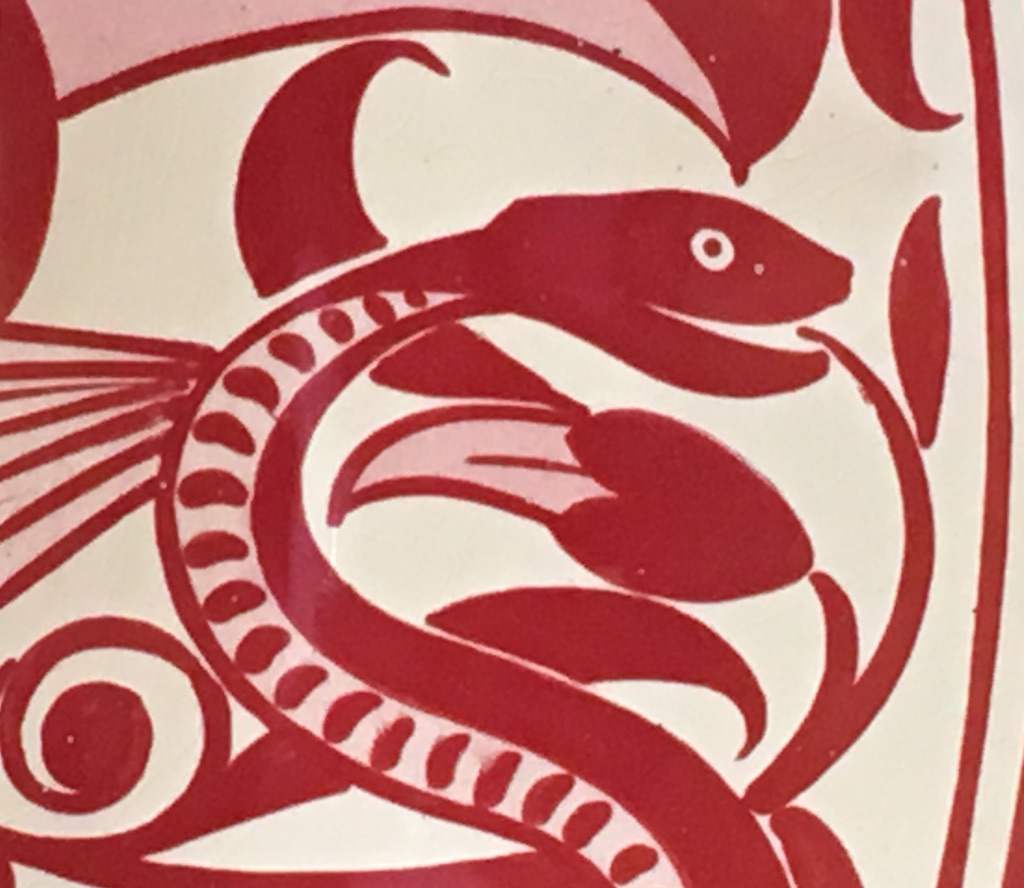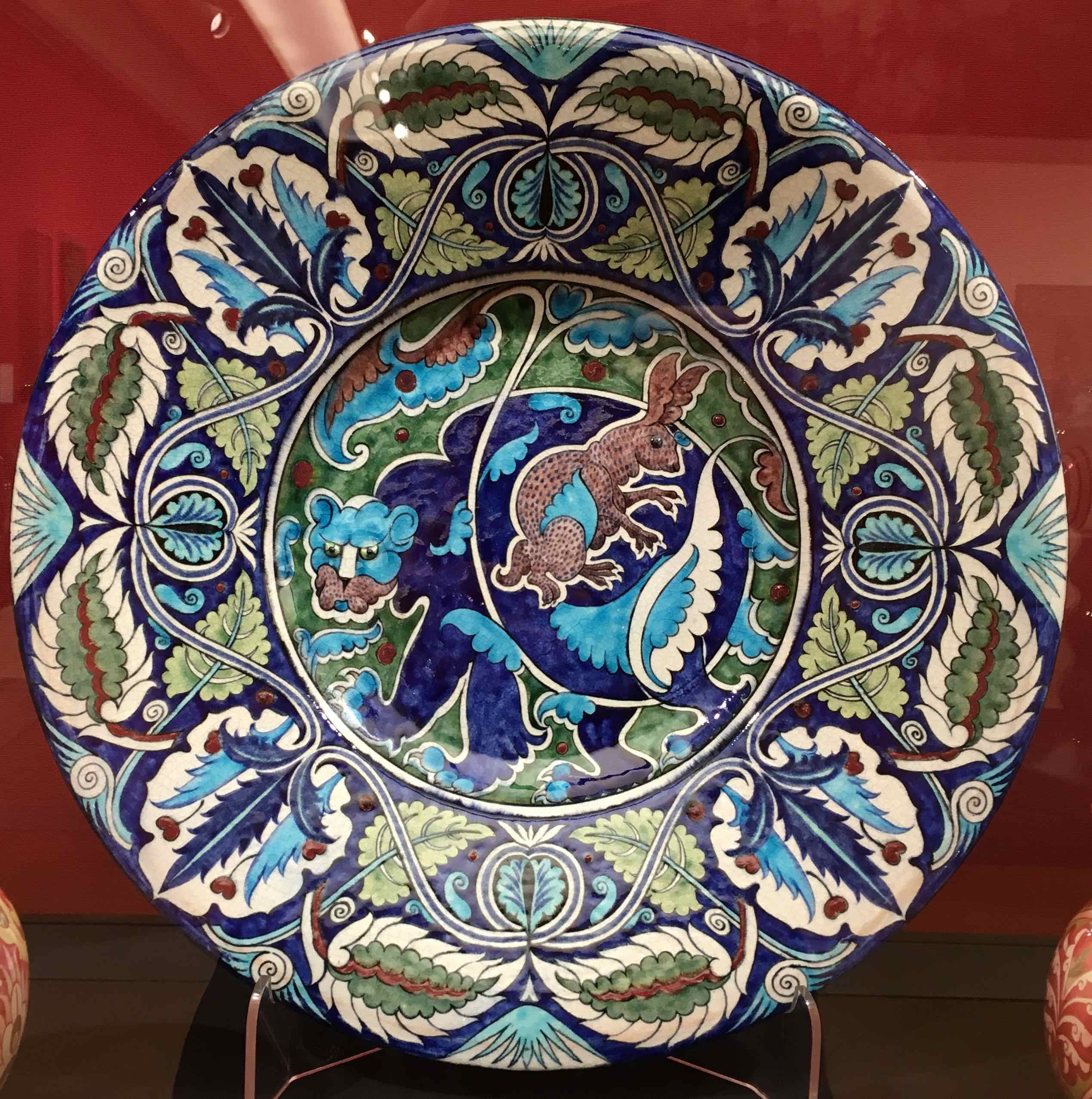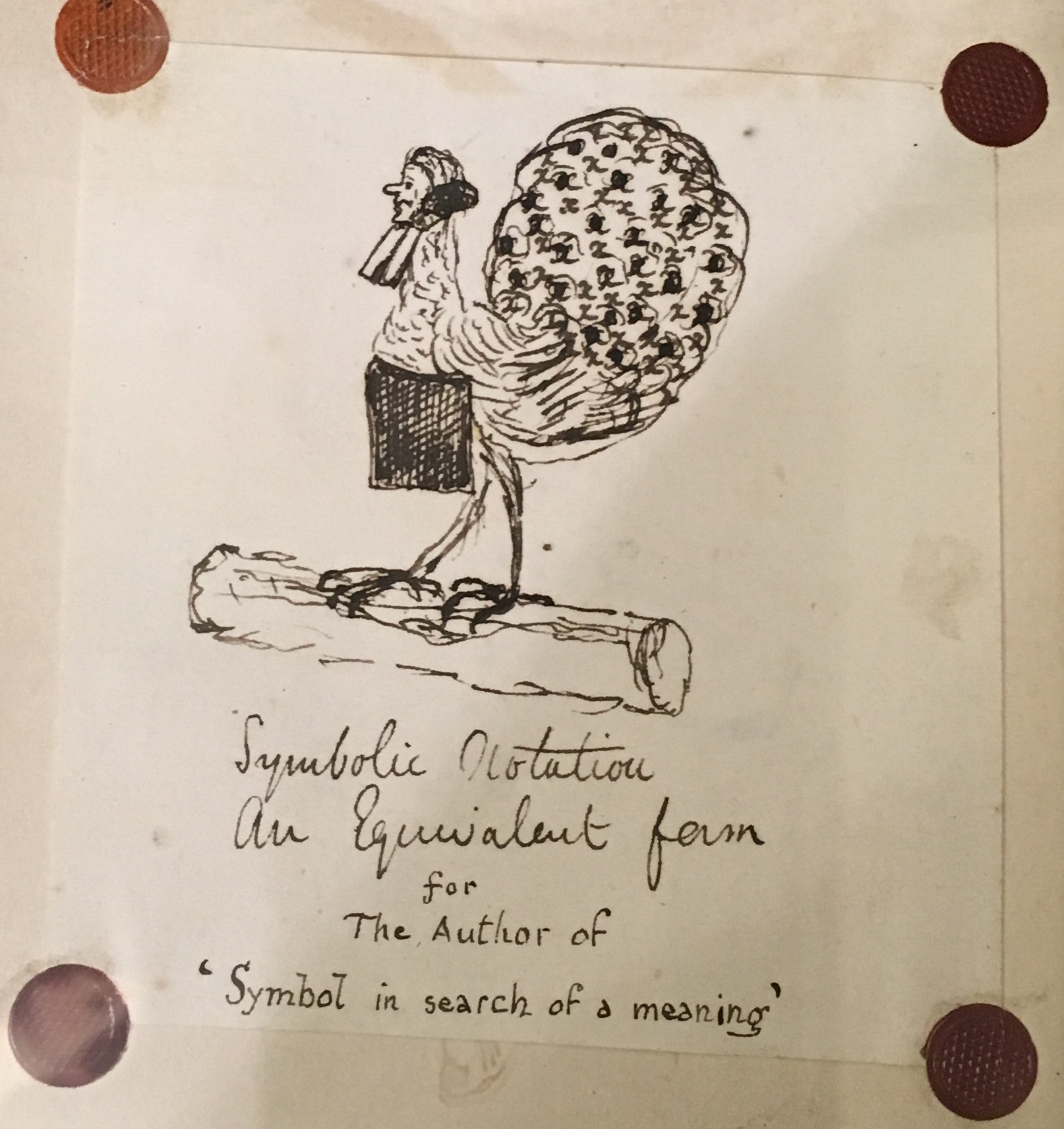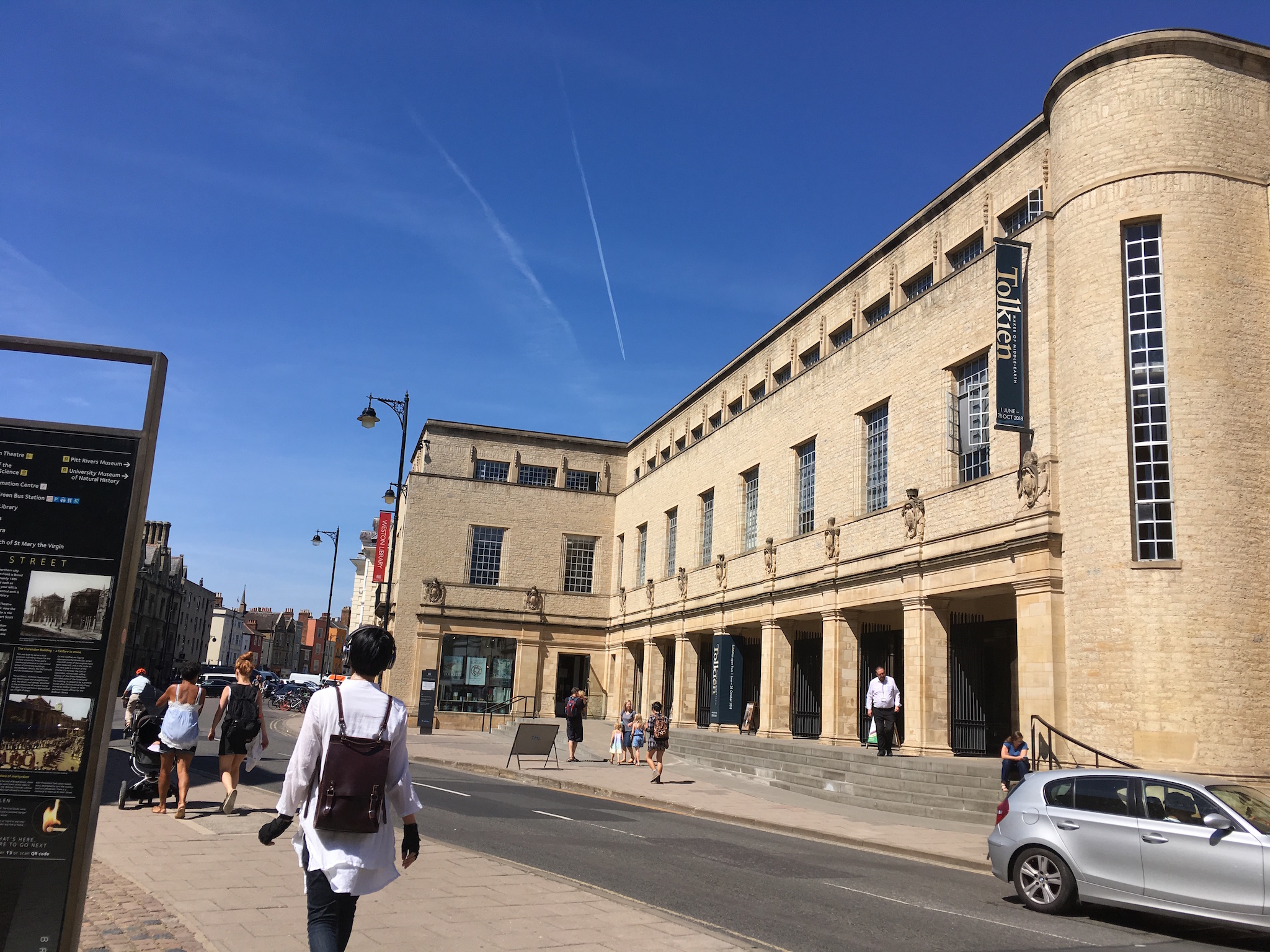Three exhibitions
There are always so many exhibitions happening in London that it's hard to keep track of them and also talk about them, so I rarely do it.
But I think that these three might be of particular interest to my readers, as everyone I've discussed these exhibitions with has seemed really excited by them, I suppose because of their mathematical and map/geeky content!
So there we go:
Sublime symmetry at the Guildhall Art Gallery (London)
This exhibition focuses on the work of William De Morgan.
He was an accomplished Victorian ceramist, creating stunningly beautiful designs featuring the symmetry that gives name to the exhibition. They're very "mathematical" designs, as in you can see they were very intentional, but they still feel human and organic.

And the snakes are just so cheeky:

I really loved his usage of Turkish blue:

In addition, he was also an inventor and researcher, and generally seemed like a person I would have liked to be friends with: he used to send letters to his children and friends, accompanying them with fantastic(al) drawings and stories of invented creatures. Also, have you seen the ligatures in his handwriting? Stunning!

I imagine he must have had have plenty of stories to tell; while researching ways of baking tiles, he blew off the roof of the flat he was living in, and almost set it on fire too. Just imagine the conversation with the landlord...!
He also figured out the lost process to achieve Egyptian double glazing in such a great way that the Egyptian government invited him to give a talk about how to accomplish this traditional Egyptian craft.
And he was also friends with William Morris, arts and crafts extraordinaire, for whose firm he designed tiles.
His father, Augustus de Morgan was an accomplished mathematician, introducing De Morgan's Laws, which will be very familiar to all computer scientists and developers out there, as they are closely/equivalent to boolean logic!
He also encouraged their family to be interested in all sorts of things and was also personally involved on the upbringing of the children (which was very un-Victorian, where the custom was to just delegate on others), so perhaps that explains how William came to be as creative and successful. It was interesting to see the "funny notes" with "funny drawings" the mathematicians would draw and share with each other. You imagine mathematicians to be really rigid people but actually they're very funny people with a fine sense of humour (disclaimer: my spouse is a mathematician and will probably read this, ha, ha 😜).

To wrap up this small maths world, Augustus was also a teacher to Ada Lovelace, who probably does not need an introduction at this point.
There was also mention to other mathematicians in his circle, for example, Oliver Byrne, who wrote books that would make Euclid geometry accessible by describing it using pictures and symbols rather than just equations and text, titled "The first six books of the Elements of Euclid in which Coloured Diagrams and Symbols are used instead of Letters for the greater Ease of Learners".

All in all, I really enjoyed this exhibition. The designs are beautiful and truly resonate with my mediterranean/arab influenced artistic sensibilities, and the maths-related content is just the icing on the cake.
PLUS and it is a really big plus, the gallery is really quiet compared to the usual tumult you encounter in more popular museums in London.
It runs until the 28 of October and entry is free.
Tolkien, maker of Middle Earth at the Bodleian Library (Oxford)
I've been a big JRR Tolkien follower since I accidentally started reading the Lord of the Rings and got hooked on it, so when I heard that a "once in a lifetime" exhibition with lots of very rarely seen archival material, I immediately decided I'd visit it.
They didn't allow photography inside the gallery (all the better, to be honest), so all I can give you is a picture of the outside of the Weston Library, the building that houses the exhibition:

And when I say "all the better", I really mean it. The space was quite rich with material and although entry was timed, people moved quite slowly because there are a lot of details you want to look at. I don't even want to imagine being interrupted by people taking badly focused pictures of the exhibition! In any case, the exhibition website has lots of images if you need help deciding whether to visit, and the gift shop sells a catalogue of the exhibition which will allow you to revisit the maps as much as you want (and without people getting in the way).
Perhaps the highlights of the exhibition for me were the maps. Tolkien wanted to make sure that no character would walk faster a day than their anatomy allowed them, and so he built these maps to scale, using pieces of paper joined with sellotape or whatever he could get his hands on, and continuously referred to and worked on them while writing the books.
I was also very impressed by his drawings. I was not aware that he had drawn (and designed!) the cover of The Hobbit, as all the editions I read when I first encountered his work were Spanish translations who featured their own non-Tolkien art and design. But he was a really great artist, despite his continuous self-deprecation each time he talked about his art. Was he insecure about it? Did he prefer to focus on his writing? The exhibition didn't really get into much detail about it.
There was a 3D-printed style map of Middle Earth, over which a data visualisation of a chronology of the characters and their movements during the course of the story would be projected. I sort of enjoyed the idea (I mean, who doesn't like to look at maps? and 3D maps?!), but I found the format unbearably slow and I'd rather have something a bit more interactive where I could choose who to track, instead of looking at every character sequentially. Also it wasn't quite working for me as I wanted to know e.g. where so and so were when so and so went to certain areas, but it would just focus on only one character at a time. That said, it still managed to keep a few people looking at the map for quite a long time. So maybe it's just me having high expectations.
Other interesting aspect was his dislike of motorised vehicles and that he strongly preferred cycling instead. I thought we could have bonded over this shared dislike!
Finally, it was cool to see his very own writing desk and chair, plus his watercolour set, pipe and other materials. To think he was sitting on that chair and writing on that desk! Shivers! Also, what's with our modern love for Aeron comfortable chairs? He was sitting on that super uncomfortable chair and managed to write the whole of The Lord of the Rings, The Hobbit and got The Silmarillion started! We're just so complainy... 😝
The exhibition runs until 28 of October of 2018 as well, and entry is free. I only had to pay a £1 booking fee.
There's also a good Waterstones bookshop nearby, with an absolutely massive basement room selling university textbooks, and a huge selection of Tolkien related books and artifacts. You could also walk to the pub where he and the rest of his scene used to hang out and read their works in progress.
In general, Oxford is an interesting city, so it might be worth a visit if you're based in London.
Enid Marx: Print, Pattern and Popular Art at the House of Illustration
Again, no pictures allowed---check the website if you are undecided!
There's a number of things I found interesting in this exhibition. First, how she persisted in learning woodcutting despite it being 'offlimits' to her because she was a woman. Whatever she had to do or the chance to do, she learnt. Book jackets? Yes! Stamp designs? Anytime! Woven patterns for the Tube? Sure! Woven patterns on the cheap for post-war households, while cheering them up? But of course! Children's books? Without a doubt!
Also, I was marvelled by how unconventional her patterns were, and also her determination to keep learning about and collecting popular art, even if it was 'inferior art'. And she was also an avid sketcher! Truly inspiring.
I was very surprised that the exhibition played down her sexuality, though. It seems to me it cannot have been a 'non event' at the time. She was living with Margaret Lambert for 50 years, both of them were publishing books together, they dedicated various pieces and emblems to each other, etc, and yet the exhibition calls Margaret "her friend", which made me raise an eyebrow in incredulity.
The exhibition runs until the 23rd of September. Entry was £8.25 per adult and it lets you visit the other exhibitions on the same day. There's a very interesting one with works from John Vernon Lord, and a short one with works from the famous Quentin Blake.
I had not been to the House of Illustration yet, so it was cool to visit a new exhibition space!